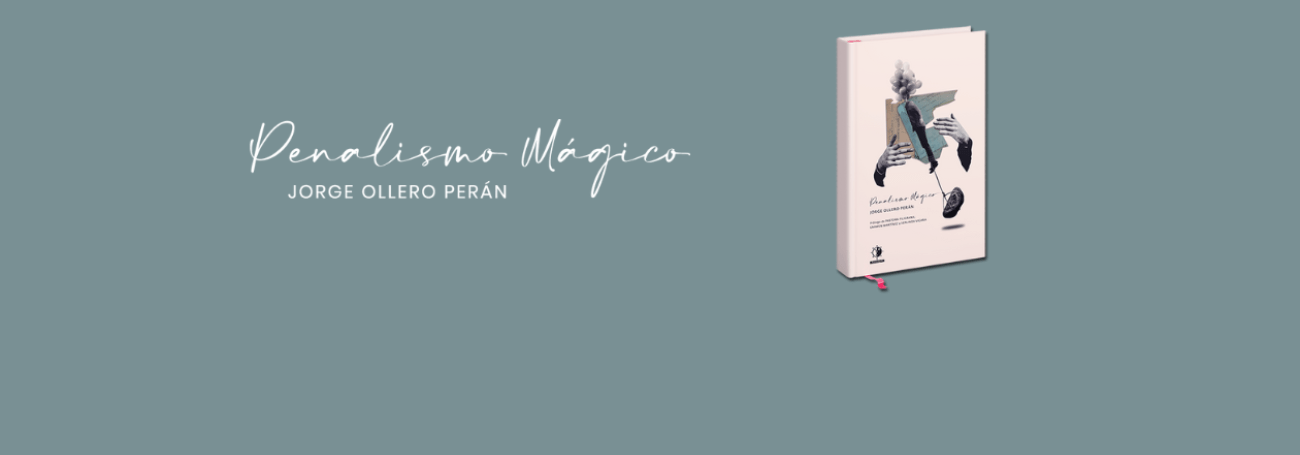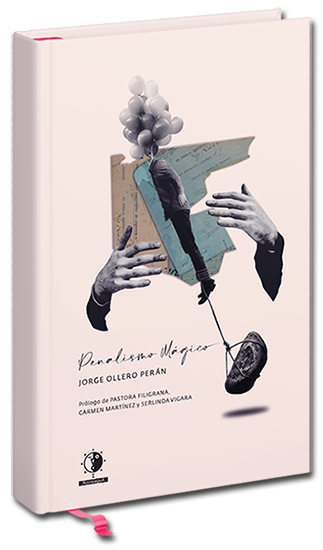Beiras, Iñaki Rivera, "State form, labour market and penal system: the new punitive rationality in context", Punishment & Society 7, 2 (2005), pp. 167--182. https://doi.org/10.1177/1462474505050441.
Freiberg, Arie, "Affective versus effective justice: instrumentalism and emotionalism in criminal justice", Punishment & Society 3, 2 (2001), pp. 265--278. https://doi.org/10.1177/14624740122228320.
Fromm, Erich, Escape from freedom (New York: Farrar & Rinehart, 1941).
Gracia and Jiménez 2016Gracia, Jorge and Jiménez, Daniel, eds., Tristes tópicos: representaciones sociales desenfocadas (Zaragoza: Laboratorio de Sociología Jurídica: Universidad de Zaragoza, 2016).
Illich, Ivan, Tools for conviviality (London: Calder and Boyars, 1973).
Jacobson, Jessica, Heard, Catherine, and Fair, Helen, Prison: evidence of its use and over-use from around the world (London: Institute for Criminal Policy Research, 2017).
Pemberton, Antony and Vanfraechem, Inge, "Victims' experiences and their need for justice", in Victims and restorative justice (Abingdon: Routledge, 2015), pp. 15–47.
Varona Martínez, Gema, La mediación reparadora como estrategia de control social: una perspectiva criminológica (Granada: Comares, 1998).
Varona Martínez 2019Varona Martínez, Gema, Mitos sobre delincuentes y víctimas: argumentos contra la falsedad y la manipulación (Madrid: Catarata, 2019).



